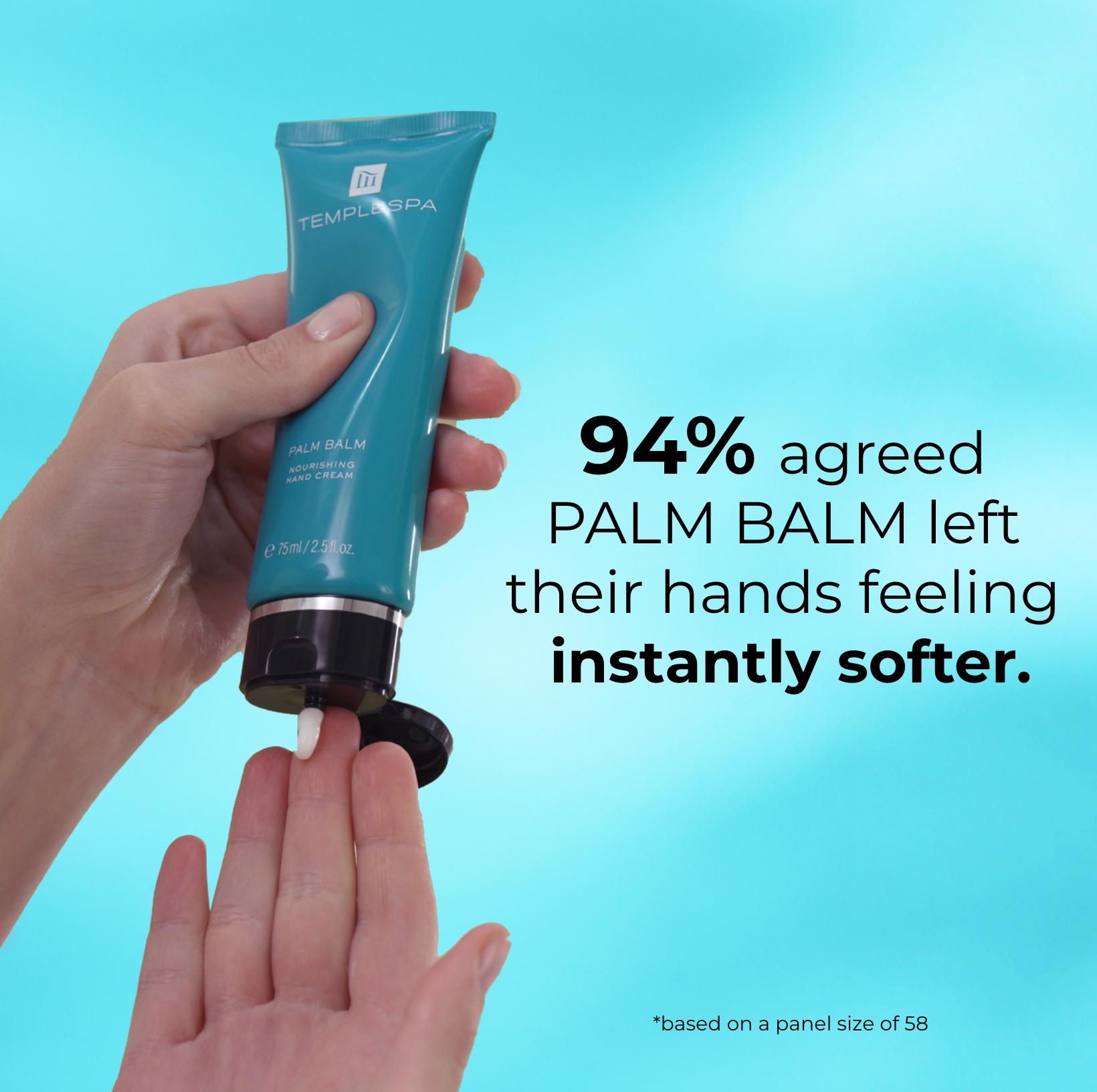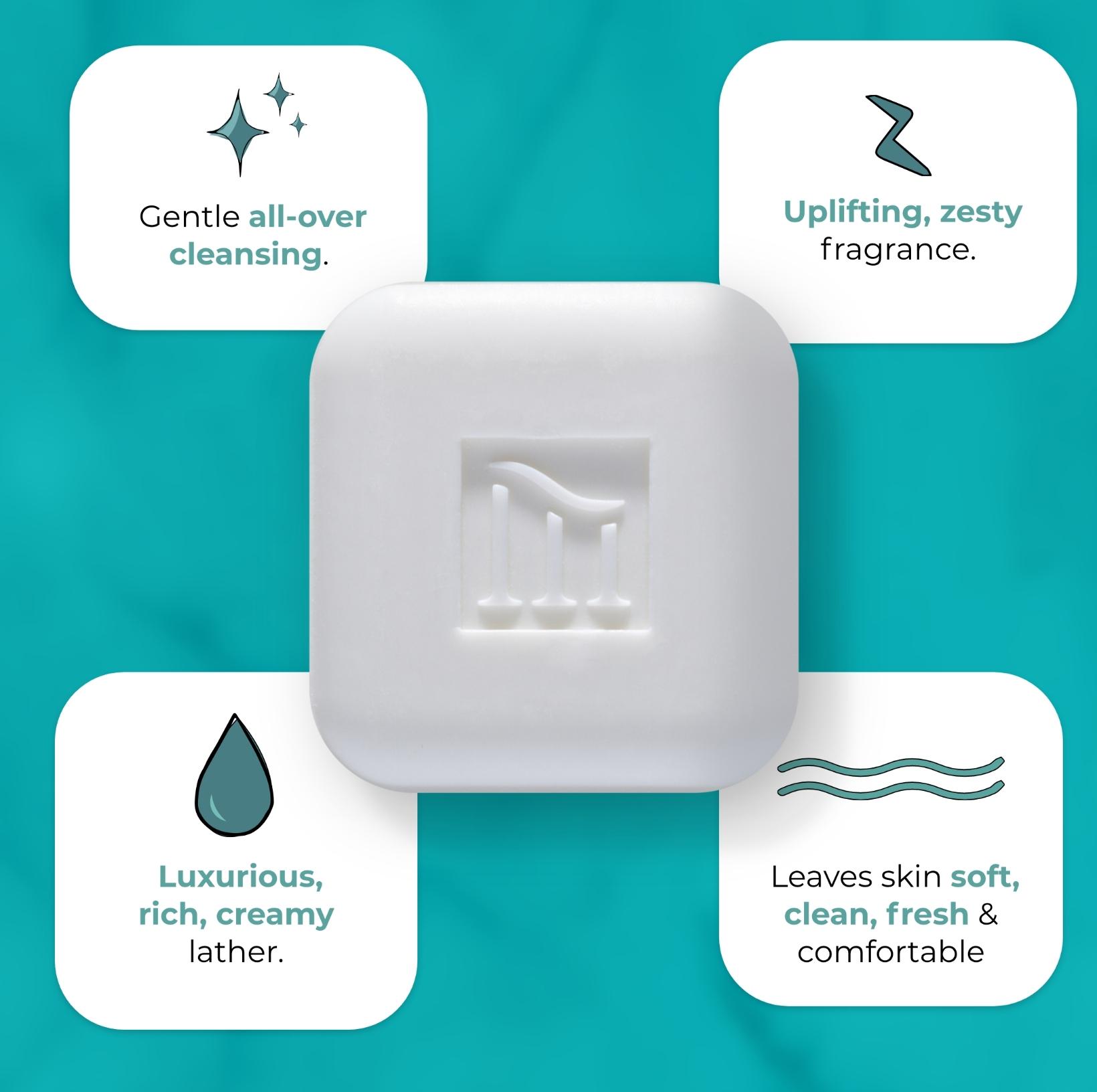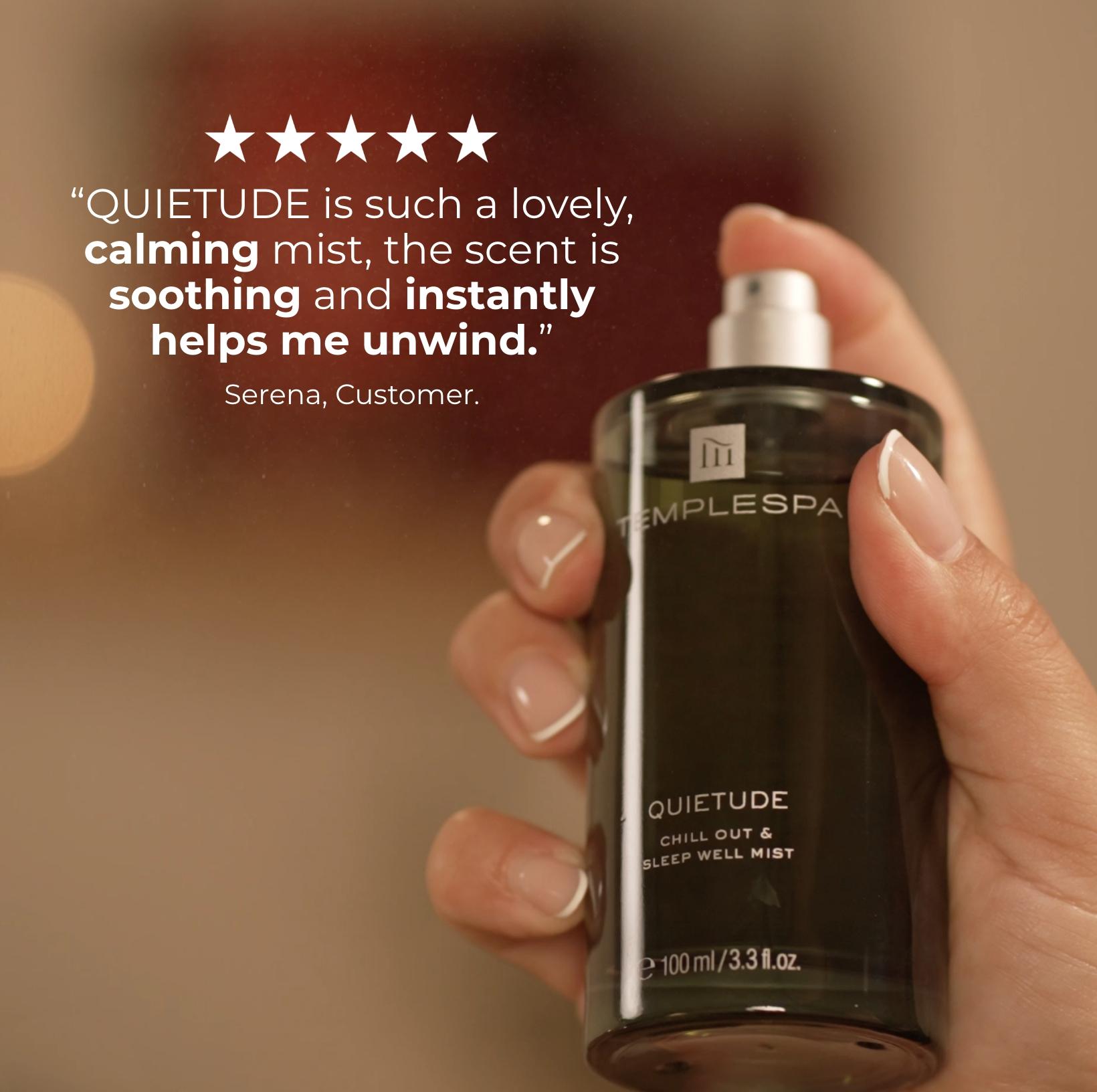We don’t tend to help ourselves that much as modern life lends itself to hyperpigmentation. From being in the sun without sun protection, a particularly troublesome blemish or simply growing older, you may experience hyperpigmentation. But fear not, there are simple ways to this enduring problem. Here’s everything you need to know (including the number 1 way to prevent and our top 4 ways to treat) hyperpigmentation.
What is hyperpigmentation?
Hyperpigmentation is completely normal and a frequently occurring condition that makes some areas of the skin darker than others. These hyperpigmentation patches or spots can appear brown, pink, black or grey and are caused by an increase in melanin (the natural pigment that gives our skin its colour). In general, it is a totally harmless, cosmetic problem but it can prove problematic if it impacts our self-esteem. There are three main causes of hyperpigmentation, some of which are easier to avoid than others.
What are the three types of hyperpigmentation?
While hyperpigmentation manifests in the same way, there are three common types:
1. Melasma
Melasma, unfortunately, is almost impossible to avoid. This form of hyperpigmentation is down to hormonal changes and is often seen in pregnant and pre or post-menopausal women.
2. Post inflammatory hyperpigmentation (PIH)
As the name suggests, this occurs after an inflammation or injury of the skin. It may occur after a bout of troublesome acne or if you’ve had a blemish that you haven’t been able to avoid picking (don’t worry, we’ve all been there). Your skin begins by healing the inflammation and therefore a darker, pigmented patch could be the result.
3. Solar lentigines
Often referred to as sun or age spots, these patches occur on skin that is most exposed to the sun and will be more common in people who do not wear a daily SPF sun protection.
Where on the body does hyperpigmentation happen?
Hyperpigmentation can occur anywhere on the body but is common in areas that are exposed to sunlight such as the face, like the tops of your cheekbones, and shoulders. Hyperpigmentation on legs is also common as many people who wouldn’t leave home without an SPF on their face are a little more easy going when it comes to their legs. Thankfully the treatments that work well on the face and shoulders are equally as effective on legs, stomach and anywhere else you may find darker patches.
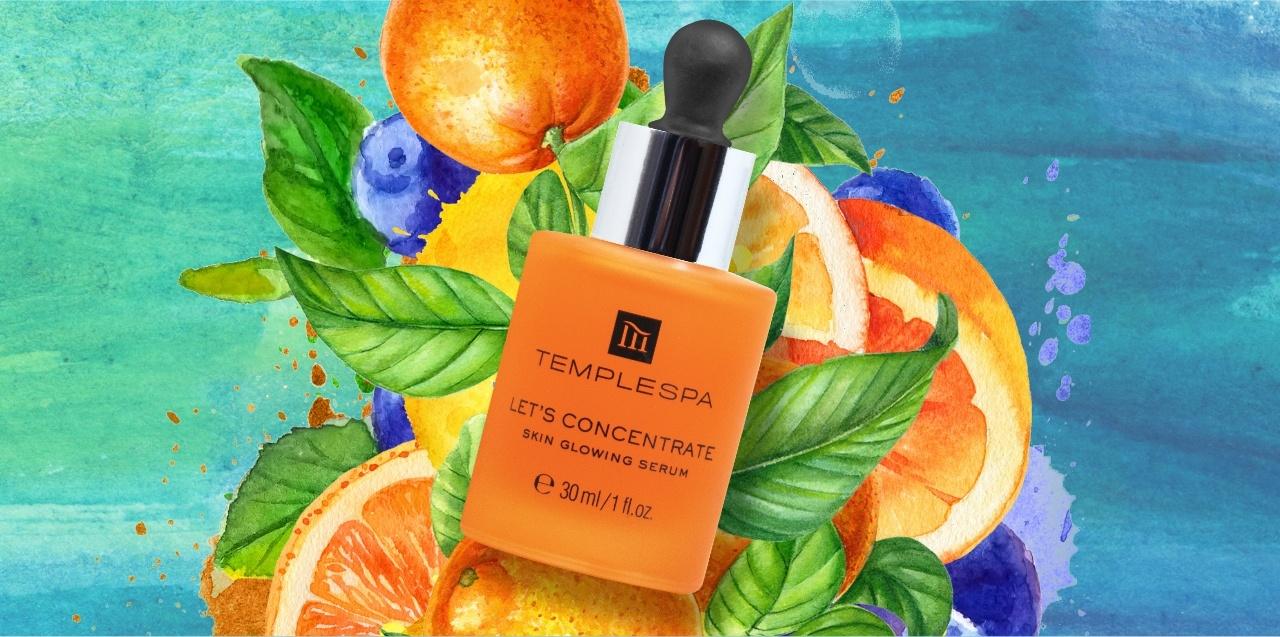

Can hyperpigmentation be prevented?
While melasma, or hyperpigmentation caused by fluctuating hormones, can’t be avoided, sun or inflammation-induced hyperpigmentation most certainly can be with a little reminder to wear your SPF! Prevention is better than cure and the number one rule for preventing hyperpigmentation is daily SPF skincare.
It shouldn’t come as new news, as this the number one recommendation from dermatologists worldwide, care for your skin with daily SPF and it will pay off in the long term.
If hyperpigmentation as a result of inflammation is your biggest bug bear then try to avoid touching that pimple, it’s tough but think about the future! In touching or picking it this will increase the inflammation and the probability of scarring and darker skin patches.
Include a good protective SPF in your morning skincare routine and make it a good habit to keep up with. But if hyperpigmentation is a problem for the now, keep reading on how you can lessen the effects.
How can I lighten hyperpigmentation?
And the good news, there are multiple ways you can effectively (and relatively easily) help fade the appearance of hyperpigmentation. Any good skincare routine with nurturing ingredients that encourage cell renewal will play a big part in helping to even out your skin tone. Let’s get into the details on how to lessen the effects of hyperpigmentation.
1. Incorporate vitamin C into your skincare regime
Vitamin C is amongst the most reliable naturally occurring treatments for hyperpigmentation, that’s a fact. If you’re looking to treat darker skin patches from hyperpigmentation as part of your daily skincare regime then, in addition to a broad-spectrum SPF, choose skincare products that are rich in vitamin C.
Try our award-winning LET’S CONCENTRATE Skin Glowing Serum that combines vitamin C, alpha arbutin and a blend of hardworking minerals to help even out skin tone and promote brightness, along with super hydration! 84% of our user trial of 105 subjects agree their skin is clearer and glowing after use.
2. Encourage skin turnover
In general, most hyperpigmentation will fade over time but if you’re looking for quicker results, look for products that encourage skin cell turnover. In particular, products that contain naturally occurring, skin-loving acids such as glycolic, mandelic and lactic acids like our GLOWCOLIC Resurfacing Toner, to help speed up the process and even out skin tone.
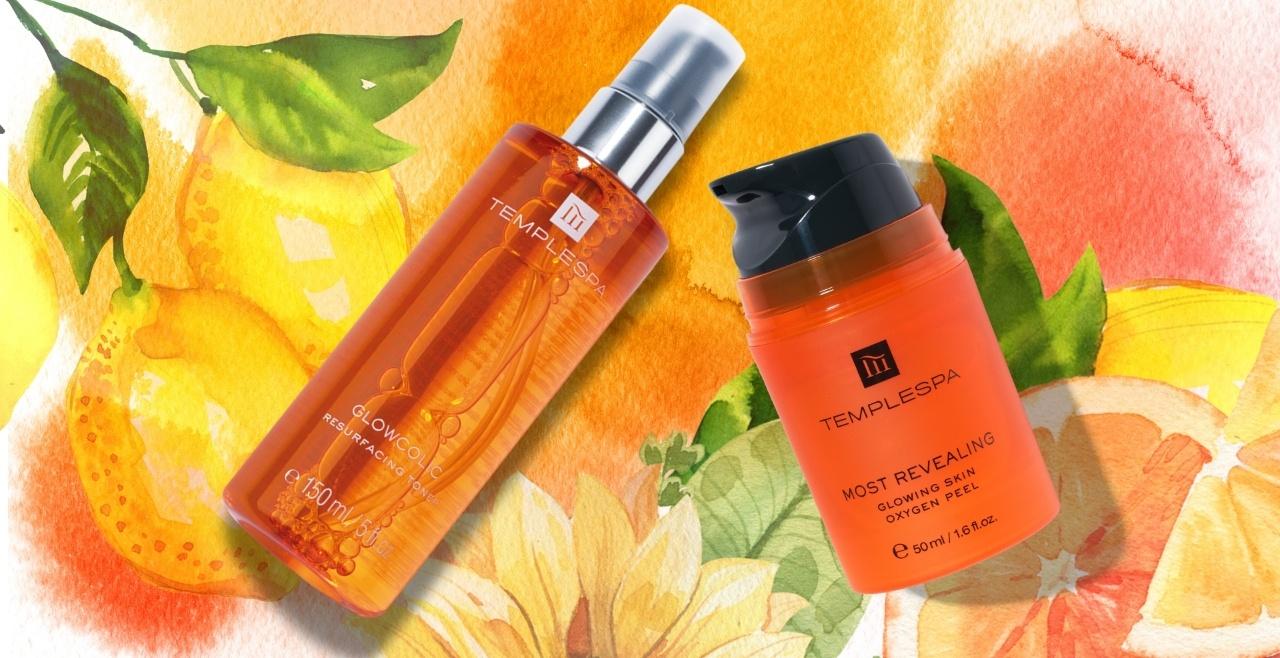

3. Try a chemical peel
For more instant results, it might be time to turn to a skin peel – and don’t worry, they’re not as scary as you think! An effective peel will help to exfoliate the skin and remove dead skin build up for fresher, brighter and more even-looing complexion. Our MOST REVEALING Glowing Skin Oxygen Peel is a great place to start with skin peels, with its award-winning credentials to deeply purify the skin for brighter, healthier complexions. It’s powered by vitamin c and a potent cocktail of glycolic, malic, mandelic and lactic acids, as well as hydrating sodium hyaluronate.
4. Talk to your dermatologist
If you’re experiencing any sort of regularly occurring skin condition, it’s advisable to check in with your dermatologist. They may be able to advise further treatments to prevent or calm, the effects of hyperpigmentation. A laser peel for example, could be an option for deeper and more stubborn pigmentation.
The final word
It’s important to remember that hyperpigmentation is generally harmless. Protect your skin with a daily SPF and try to incorporate vitamin C and products that promote cell renewal into your daily routine but remember, you’re fabulous exactly as you are.


